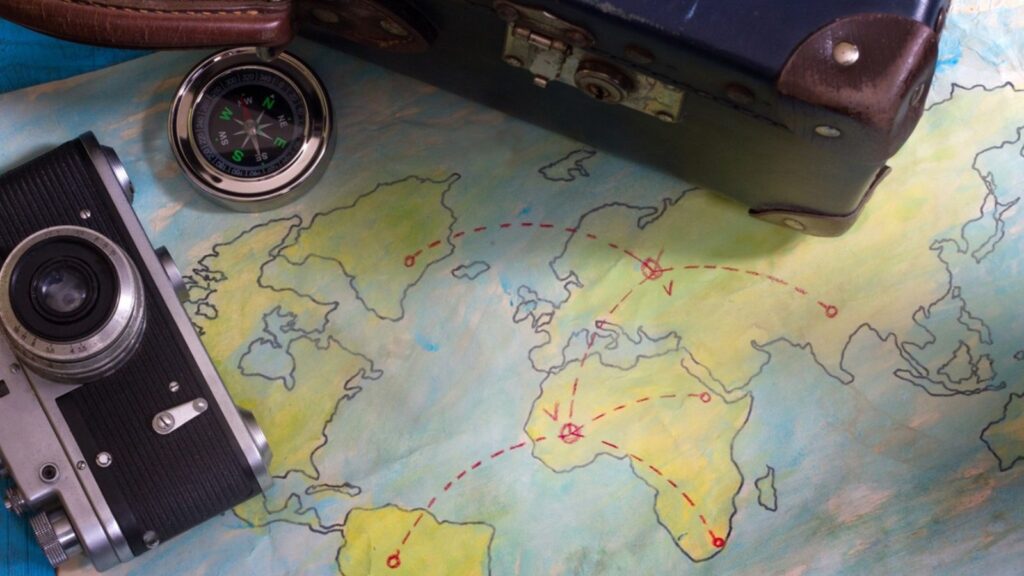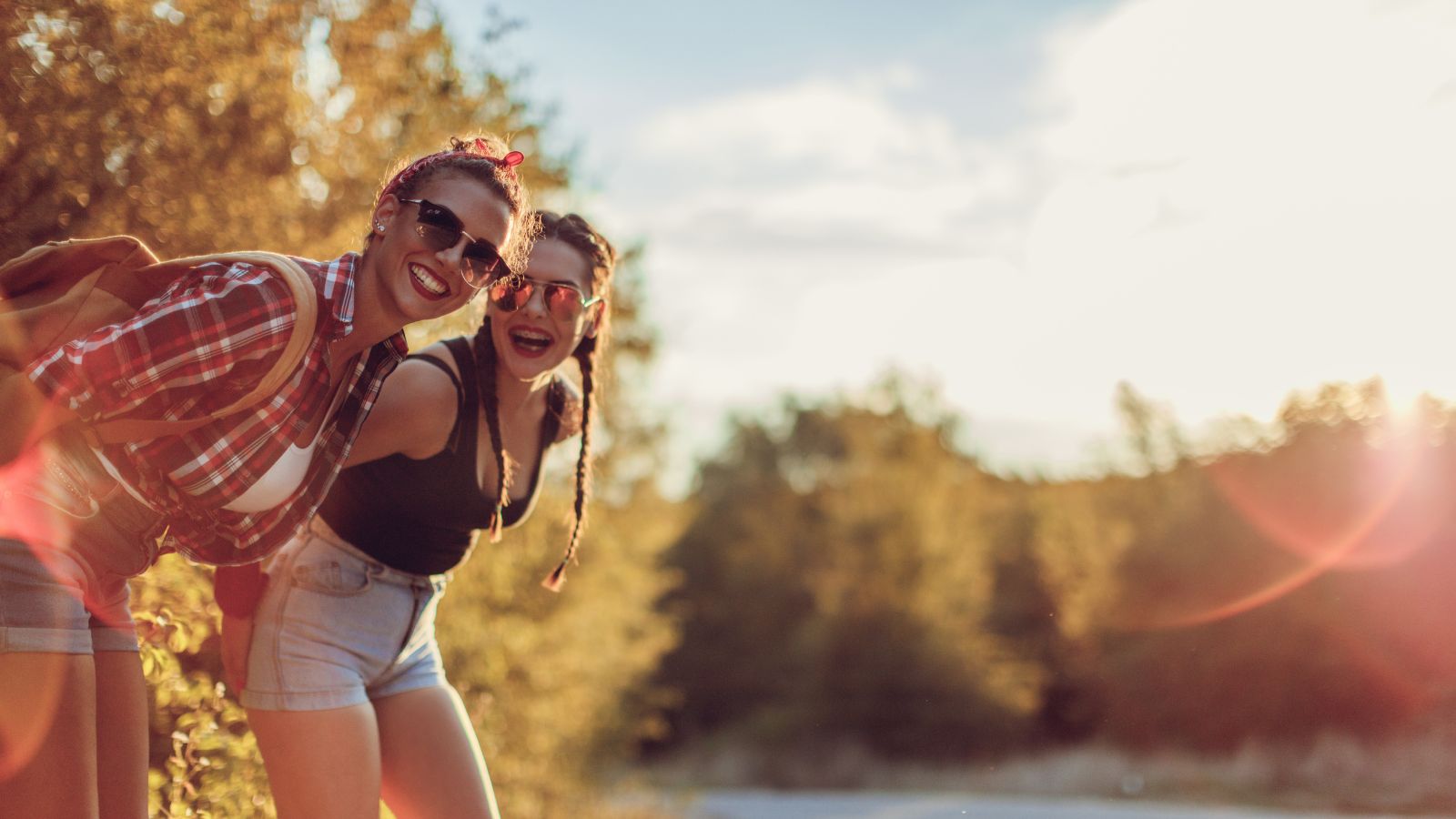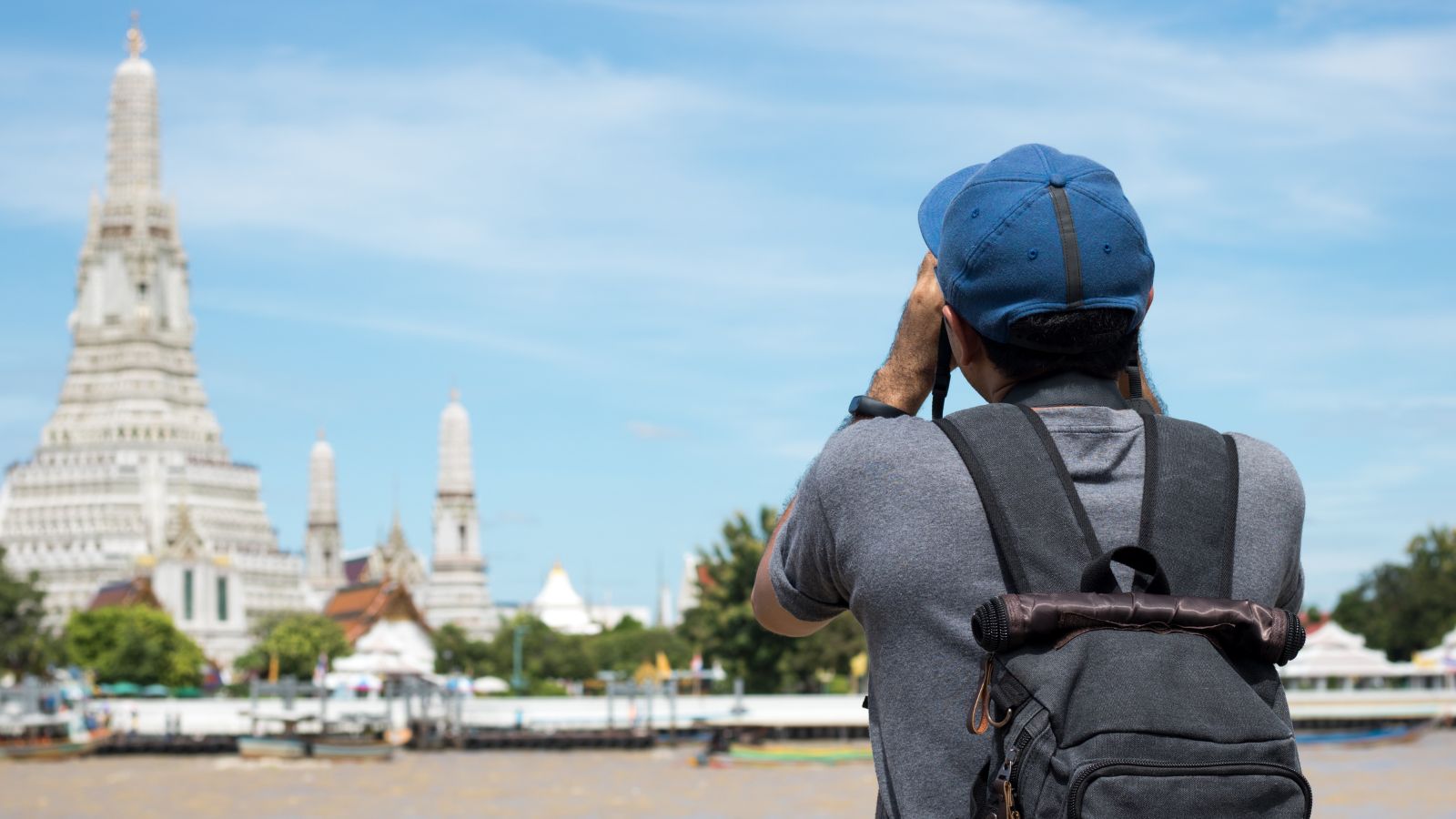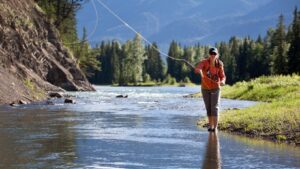Image provided by Dreamstime.com
There’s a special kind of thrill that comes with planning a photography-focused trip. It’s not just about choosing where to go—it’s about imagining the golden-hour landscapes, local life captured in perfect light, and those unrepeatable moments frozen forever in your frame.
But turning a travel dream into a productive and rewarding photography expedition takes more than tossing a camera in your backpack. It requires vision, preparation, flexibility, and the right tools to support your creative process from start to finish.
Whether you’re embarking on a weekend road trip or a month-long international adventure, this guide will help you plan the perfect photography trip—full of unforgettable images, efficient workflow, and meaningful storytelling.
Table of Contents
1. Define Your Purpose Before You Pack
Before booking flights or buying gear, ask yourself: What kind of photography trip is this going to be?
Is it for:
- Building your portfolio?
- Creating content for a client?
- Capturing travel memories for personal enjoyment?
- Scouting locations for future projects?
- Selling images as prints or stock photography?
Your goals will shape your entire trip—from location choices to equipment, time of day you’ll be shooting, and how much you’ll need to move around.
For example, if you’re aiming to license your work later, you’ll need model and property releases where necessary. If you’re focused on landscape photography, you may prioritize national parks and weather forecasts over cities and events.
Having a clear goal keeps your itinerary focused and your gear list tight.
2. Choose The Right Destination At The Right Time
Not all places shine year-round. When you travel matters just as much as where.
Research destination specifics like:
- Light and weather: When is the best golden hour? Will it be foggy, rainy, dry?
- Seasonal events: Festivals, migrations, harvests, or cultural ceremonies can add unique visual opportunities.
- Tourist density: Consider off-peak times to avoid crowds and cliché angles.
- Safety and accessibility: Will you be hiking to get shots? Are permits required?
Sometimes, lesser-known destinations deliver better results because they haven’t been photographed to death. Think beyond the famous viewpoints and explore the quiet edges of the map.
Pro tip: Look at photographers’ blogs, not just travel websites. First-hand shooting experiences are often more insightful.
3. Build A Flexible, Photography-Friendly Itinerary
Photography trips don’t follow tourist schedules.
If your goal is to shoot during the best light (usually sunrise and sunset), plan your days around it—not sightseeing openings. You’ll likely need midday downtime and early mornings, so don’t overbook your schedule.
A good itinerary balances:
- Prime shooting times: Block out early mornings and late afternoons.
- Rest and travel time: Avoid burning out or missing golden hour because of long transfers.
- Backup options: Bad weather? Have indoor or alternative locations ready.
- Repeat visits: If a location is critical, plan to shoot it more than once—conditions change!
Allow room to wander. Some of the best photo moments happen when you get lost or stumble upon the unexpected.
4. Pack Smart: Gear Essentials Without The Overload
The temptation to bring every lens you own is real. But on the road, every extra pound counts.
Here’s a minimalist gear checklist to cover most scenarios:
- Camera body (or two if you’re a pro and need backup)
- Lenses: One wide (16–35mm), one fast prime (35mm or 50mm), and one telephoto (70–200mm) cover most needs
- Tripod: Lightweight carbon fiber if you’ll be hiking
- Filters: Polarizer for landscapes, ND filters for long exposures
- Batteries and charger: Bring 2–3 batteries minimum
- SD cards: More than you think you need, preferably fast write speeds
- Portable SSD or hard drive: Back up daily
- Lens cloths and cleaning kit
- Travel plug adapter (if abroad)
- Camera rain cover or dry bag
Optional but helpful:
- Drone: Check local regulations
- GoPro or action cam: For behind-the-scenes or immersive shots
- Notebook or shot list: To track ideas and locations
And don’t forget insurance. Both for gear and travel.
5. Use Tools And Apps To Scout Locations
Your phone is as important as your camera when it comes to preparation.
Here are some apps and tools that photographers swear by:
- PhotoPills or The Photographer’s Ephemeris: Plan light, sun/moon position, Milky Way alignment, and more.
- Google Earth/Maps: Virtual scouting. Use street view and satellite to plan angles and assess accessibility.
- AllTrails: Great for discovering hike-in locations and off-the-grid shooting spots.
- Instagram and Pinterest: Find inspiration and hidden gems—but strive to add your own spin.
- Windy or AccuWeather: For hyper-local weather tracking.
- Sun Surveyor: Detailed solar planning for golden hour chasers.
When possible, talk to locals or guides—they often know photogenic spots tourists never see.
6. Protect And Back Up Your Work On The Go
Nothing kills the joy of a great trip faster than lost images.
Adopt a triple-backup mindset:
- Primary storage: Your camera’s SD card
- Secondary: Portable SSD or hard drive
- Tertiary: Cloud backup (if you have strong Wi-Fi or use a device like GNARBOX)
Additional protection tips:
- Keep SD cards in a case, not loose in your bag.
- Don’t erase cards until images are backed up in at least two other places.
- Use weatherproof bags and padded inserts to protect gear from moisture and shock.
Also, shoot RAW. It gives you more control in post and saves image quality in unpredictable lighting.
7. Tell Stories, Not Just Take Shots
Anyone can take a beautiful photo. But storytelling—that’s what makes an image meaningful.
As you travel, ask yourself:
- What’s unique about this place?
- Who lives here and what’s their story?
- How does this landscape make me feel—and how can I show that?
- What are the little moments between the big views?
Instead of trying to hit every scenic lookout, focus on building a visual narrative. One that weaves together context, detail, emotion, and perspective.
Sometimes, the best image isn’t the mountain peak—but the worn boots that got you there.
8. Post-Trip: Edit, Curate, And Share Intentionally
Once you’re home and the photos are safely backed up, the real magic begins.
- Cull first: Be ruthless. Only keep what serves your story or purpose.
- Edit consistently: Choose a color palette or mood that reflects the location.
- Organize into sets: Group by theme, day, or story arc.
- Add metadata: Locations, keywords, and tags help you later (especially for stock submissions).
- Write about your experience: A caption, a blog post, a journal—it adds personal texture to your visuals.
Consider creating a photo essay, zine, or gallery. Share your work in ways that go beyond social media—think depth over dopamine.
Final Thoughts
A photography trip is part expedition, part meditation. It invites you to slow down, observe deeply, and fall in love with the world through your lens.
By planning intentionally—while staying open to spontaneity—you set yourself up for both technical success and soulful discovery.
So go ahead, map your route. Charge your batteries. Pack your gear. But more importantly, prepare to see—to witness, to feel, and to return with not just images, but experiences.
Because the perfect photography trip isn’t about getting the perfect shot.
It’s about letting the world change how you see—frame by frame.






